Aquatic Invasive Species: SC’s Most Wanted
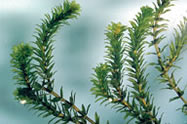 Hydrilla (Statewide lakes and ponds, coastal plain rivers): While largely under control, it still poses the biggest threat to waters statewide. Through rapid spread and growth to 25 feet long, this submersed plant clogs water intakes, blocks boat access and navigation, displaces beneficial native vegetation, and impairs recreational water use activities and water quality. In 1991, it caused the shutdown of a hydroelectric plant, which resulted in a record fish kill. More than $14 million has been spent since 1982 controlling this “aquatic Kudzu.”
Hydrilla (Statewide lakes and ponds, coastal plain rivers): While largely under control, it still poses the biggest threat to waters statewide. Through rapid spread and growth to 25 feet long, this submersed plant clogs water intakes, blocks boat access and navigation, displaces beneficial native vegetation, and impairs recreational water use activities and water quality. In 1991, it caused the shutdown of a hydroelectric plant, which resulted in a record fish kill. More than $14 million has been spent since 1982 controlling this “aquatic Kudzu.”
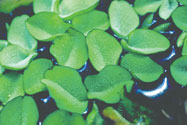 Giant salvinia (private Lowcountry ponds): Doubling its biomass every week, this free-floating fern can strangle shallow, nutrient-rich lakes while derailing irrigation systems, fisheries, power plants, transportation routes and municipal and industrial water intakes. DNR officials suspect it might be the next big freshwater AIS threat.
Giant salvinia (private Lowcountry ponds): Doubling its biomass every week, this free-floating fern can strangle shallow, nutrient-rich lakes while derailing irrigation systems, fisheries, power plants, transportation routes and municipal and industrial water intakes. DNR officials suspect it might be the next big freshwater AIS threat.
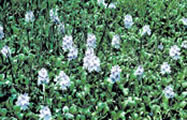
Water hyacinth (Lowcountry lakes and reservoirs, private ponds): Forming dense, floating mats, these fast-growing plantlets quickly obstruct boat ramps, shorelines and power-plant intakes. This plant kills native submersed plants by obstructing their access to sunlight, resulting in extensive decay and reduced oxygen counts. Water hyacinth has cost South Carolina an estimated $1.3 million since 1985.
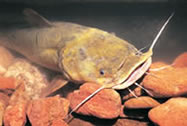
Flathead catfish (Santee-Cooper lake country, coastal plain rivers): This carnivorous catfish is a top predator in any ecosystem, and it can completely wipe out smaller native catfish, redbreast sunfish and shellcrackers. Once stocked for sport in the Santee-Cooper lakes, the flathead catfish’s ability to thrive in all South Carolina water bodies makes it a particularly virulent invader.
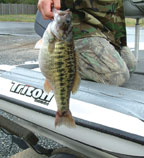
Spotted bass (piedmont and mountain lakes): This prolific bass species is quickly displacing or hybridizing with native bass species. It is probably being introduced to state waters by anglers because it is easy to catch.
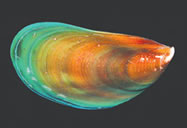
Asian green mussel (coastal estuaries): Attaching themselves to any hard surface, these prolific and fast-growing saltwater mussels can clog water intakes, cover buoys, docks and other man-made structures and harm adult and juvenile oysters. Scientists hope cold water temperatures will limit their spread up the coast.
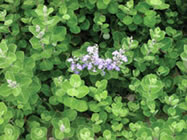 Beach vitex (coastal shorelines): Sprawling up to 12 feet across beach dunes, this hearty vine can destroy loggerhead turtle nesting sites. Crowding out native plants, its tendency toward rapid expansion led to the creation of the Carolinas Beach Vitex Task Force. Ironically, it is less effective at preserving dunes than the species it was brought in to replace.
Beach vitex (coastal shorelines): Sprawling up to 12 feet across beach dunes, this hearty vine can destroy loggerhead turtle nesting sites. Crowding out native plants, its tendency toward rapid expansion led to the creation of the Carolinas Beach Vitex Task Force. Ironically, it is less effective at preserving dunes than the species it was brought in to replace.
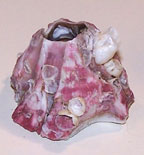
Giant barnacle (coastal shorelines): Reaching the size of a tennis ball, this giant filter feeder dwarfs native barnacles. Preferring to attach to newly exposed surfaces, it has wide-reaching economic implications. Boaters unlucky enough to discover it on their propellers will quickly discover its strong grip and defensive beak.
Related Items:
- Invasion of the Aquatic Exotics
- Freshwater Animals: Invaders on Feet and Fins
- Aquatic Invasive Species: SC’s Most Wanted
- Freshwater Plants: Tenacious Tendrils
- Tiny Enemy Hiding In Hydrilla
- Marine Animals: Coming in on the Tides
- Marine Plants: Commanding the Coastline
- Get the Complete document in PDF format
Text for this supplement by Marc Rapport, free-lance writer and senior writer for the S.C. Department of Parks, Recreation & Tourism.
© 2007 South Carolina Wildlife magazine, July - August 2007

